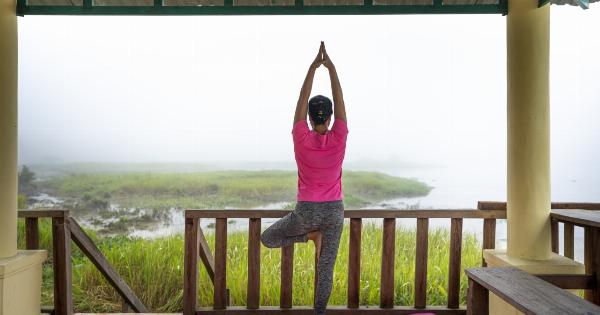Everyone has experienced stress and sadness at some point in their life. It is a natural response to the challenges and difficulties we face. However, prolonged and chronic stress and sadness can have a negative impact on our physical and mental health.
It is essential to find ways to manage stress and sadness to improve our overall well-being. Exercise is one of the most effective ways to combat stress and sadness. It is good for our physical health, but it also has a positive impact on mental health.
The Science Behind Exercise and Stress
Exercise triggers the release of endorphins, which are natural mood-boosting chemicals produced by the body.
Endorphins interact with the receptors in the brain that reduce our perception of pain and trigger positive feelings in the body that can lead to a state of euphoria, commonly known as “runner’s high”.
Exercise also helps to reduce the levels of the stress hormone cortisol in the body. Cortisol is a hormone produced by the adrenal gland in response to stress.
When cortisol levels remain high for prolonged periods, it can lead to numerous health problems, including anxiety, depression, and obesity.
Exercise also improves the quality of our sleep, something that is crucial during times of stress. Good quality sleep is essential for our overall health, including our mental health.
Types of Exercise That Can Help Combat Stress and Sadness
There are many different types of exercise that can help to combat stress and sadness. The most effective type of exercise is the one you enjoy and can incorporate into your daily routine. Here are some options to consider:.
1. Cardiovascular Exercise
Cardiovascular exercise, also known as aerobic exercise, gets the heart and lungs working. This type of exercise includes activities such as walking, jogging, cycling, and swimming.
Cardiovascular exercise is excellent for relieving stress and anxiety and improving mood.
2. Yoga
Yoga is an ancient practice that connects the mind, body, and spirit through a series of poses and stretches. It is relaxing and can reduce stress and anxiety levels. Yoga also helps to improve flexibility and balance.
3. Strength Training
Strength training involves using weights or resistance to build muscle and increase strength. Research has shown that strength training can have a positive impact on mental health, including reducing anxiety and depression.
4. Mindful Movement
Mindful movement is a type of exercise that focuses on breathing and body awareness. It includes activities such as tai chi, qigong, and Pilates.
Mindful movement is an excellent option for those who prefer a slower pace and want to improve their mind-body connection.
How to Incorporate Exercise Into Your Routine
Incorporating exercise into your daily routine can be challenging, but it is essential for your physical and mental well-being. Here are some tips to help you make exercise a part of your routine:.
1. Make It a Priority
Set aside time each day for exercise, and make it a priority. Just 30 minutes of exercise a day can help to reduce stress and improve mood.
2. Find an Accountability Partner
Working out with a friend or family member can help to keep you motivated and committed to your exercise routine.
3. Start Slowly
If you are new to exercise, start slowly and gradually increase the intensity and duration of your workouts. Listen to your body, and avoid overexertion.
4. Mix Up Your Routine
Doing the same type of exercise every day can become monotonous and lead to burnout. Mix up your routine by incorporating different types of exercise throughout the week.
Conclusion
Exercise is a powerful tool for combating stress and sadness. It helps to reduce cortisol levels, release endorphins, and improve the quality of our sleep.
There are many different types of exercise to choose from, including cardiovascular exercise, yoga, strength training, and mindful movement. The key is to find the type of exercise that you enjoy and can incorporate into your daily routine. By making exercise a priority, you can improve your physical and mental well-being and lead a happier, healthier life.






























